Unlocking the Hidden Benefits of Accessory Dwelling Units
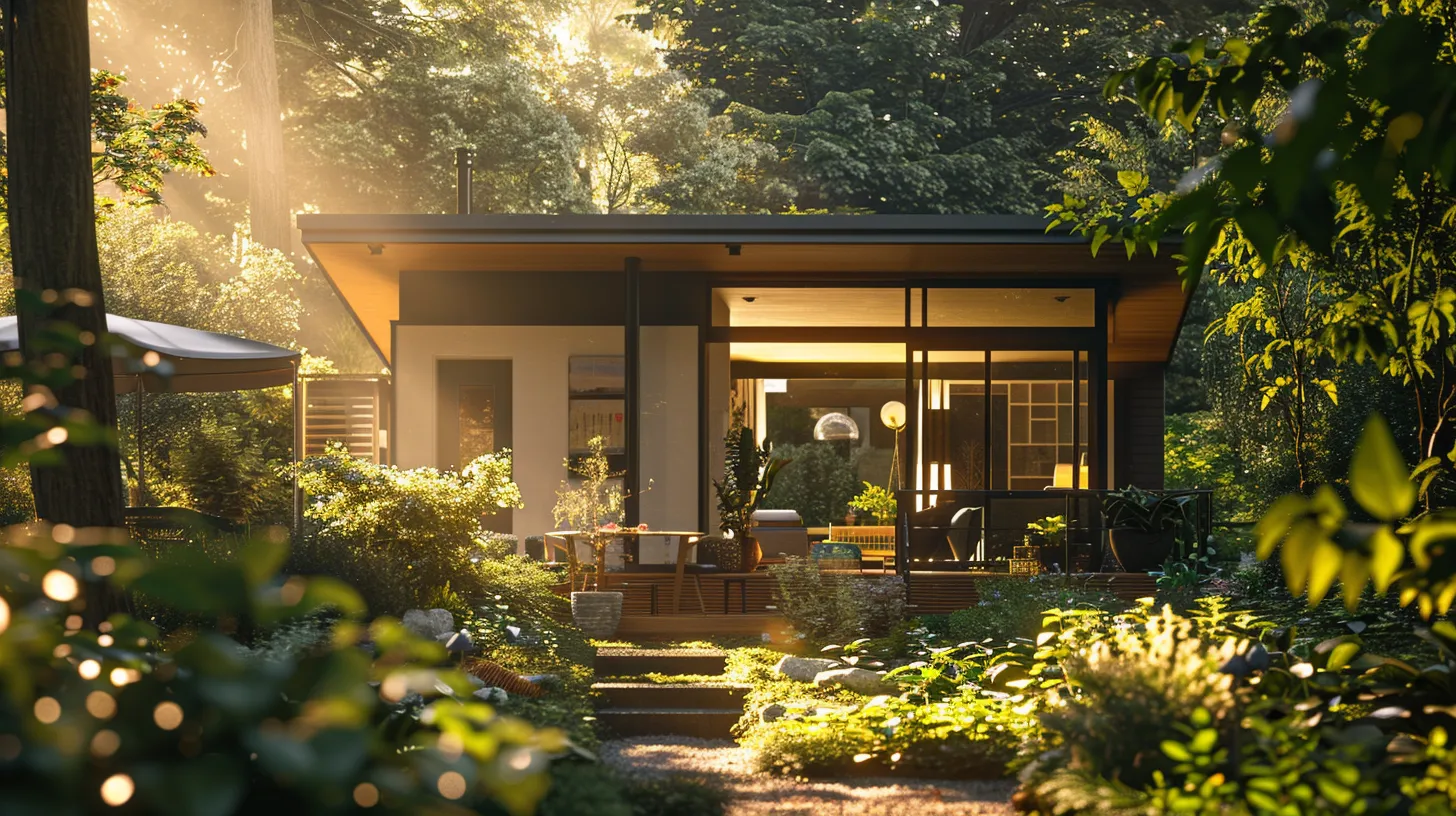
Unlocking the Hidden Benefits of Accessory Dwelling Units
Are you considering ways to enhance your property while addressing housing needs? Accessory dwelling units (ADUs) offer a practical solution to increasing density without major construction hassles. This article will explore the financial benefits, social impacts, and design flexibility of ADUs, helping you understand their potential to provide affordable housing options and avoid the need for nursing homes for aging family members. By reading on, you’ll discover how these units can meet your needs while adding value to your property.
Key Takeaways
- Accessory Dwelling Units (ADUs) maximize property potential and enhance flexibility for living arrangements
- Understanding local zoning laws is crucial for successfully adding an ADU to your property
- ADUs offer financial advantages, including increased property value and potential rental income
- Thoughtful design can promote privacy and harmony between the main home and the ADU
- ADUs provide affordable housing solutions, benefiting both homeowners and their communities
Understanding Accessory Dwelling Units and Their Advantages
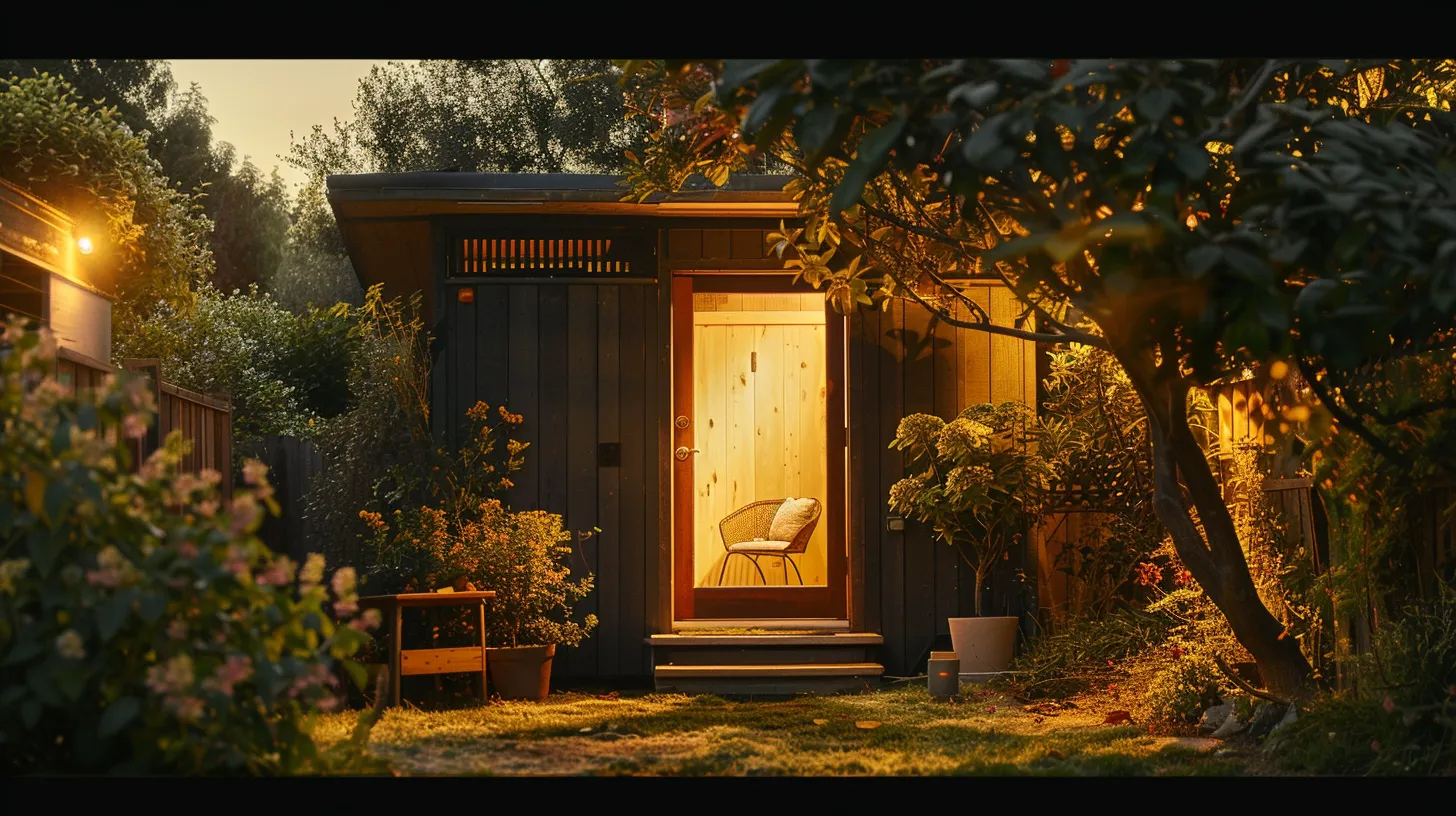
Accessory Dwelling Units (ADUs) are secondary housing units on a single property, designed to accommodate various needs. You can find different types, such as basement apartments, granny flats, or detached units. Understanding the legal requirements for ADUs is vital, as it affects their infrastructure and associated expenses. Researching these factors helps you uncover the benefits of accessory dwelling units for your home and community.
Definition and Purpose of Accessory Dwelling Units
Accessory Dwelling Units (ADUs) are secondary units on a homeowner’s property, designed to provide flexible housing options. Their purpose extends beyond simple living space; they can serve multi-generational families, allowing for caregivers to live nearby while maintaining privacy. Understanding local zoning laws is essential for maximizing the potential of your yard and ensuring a fulfilling living arrangement for your extended family.
| Key Features | Description |
|---|---|
| Definition | Secondary housing units on a single property. |
| Purpose | Accommodate families or caregivers, providing flexibility. |
| Zoning | Legal requirements that impact construction and use. |
| Types | Basement apartments, granny flats, detached units. |
Different Types of Accessory Dwelling Units
Different types of Accessory Dwelling Units (ADUs) can accommodate various needs and enhance your property’s value. Whether you choose a basement apartment, a detached unit, or a granny flat, each option can serve unique purposes. For instance, creating a separate living space can help you manage unexpected costs like health insurance or mortgage payments, while remaining compliant with local ordinances and policies that regulate construction. Understanding the options available allows you to maximize your property’s potential and address diverse living arrangements effectively.
Legal Requirements for Accessory Dwelling Units
Legal requirements for Accessory Dwelling Units (ADUs) can vary widely by location, but understanding these rules is crucial for successful implementation. Compliance with local zoning laws not only ensures that your ADU meets safety and accessibility standards but also impacts your property tax liability. Many homeowners find that creating an ADU not only facilitates aging in place for family members but also contributes to affordable housing solutions in their community.
- Understanding local zoning laws is essential for ADU compliance.
- Meeting safety and accessibility standards is crucial.
- ADUs can help with property tax planning and contribute to affordable housing.
Financial Benefits of Accessory Dwelling Units
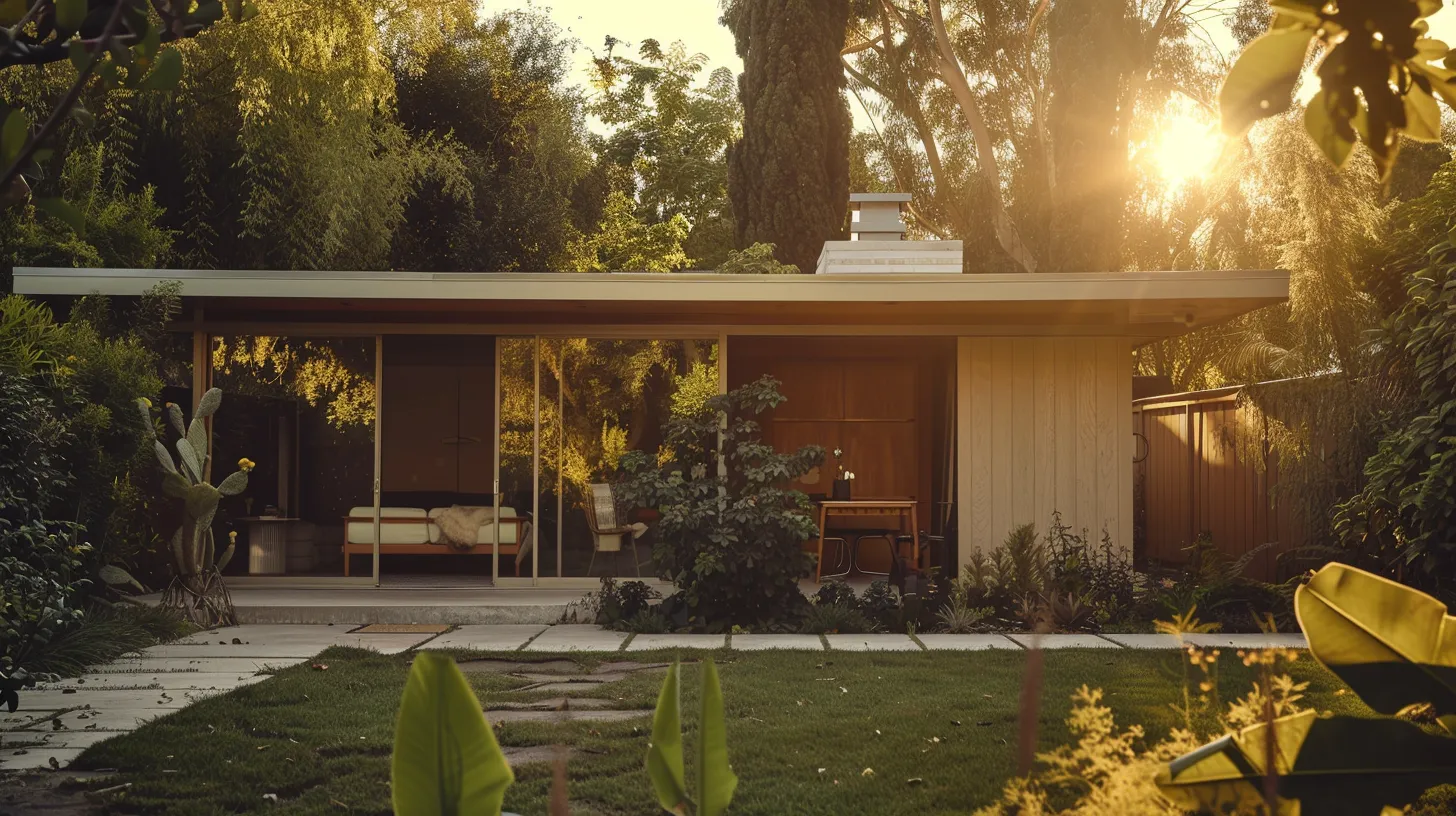
Adding an Accessory Dwelling Unit (ADU) to your property offers several financial advantages. You can increase your property’s value significantly, while also creating a source of rental income. Furthermore, ADUs provide cost-effective housing solutions, meeting various needs without the expenses of traditional home expansions. Each of these benefits amplifies the appeal of ADUs for homeowners considering remodeling projects.
Increased Property Value From Adding an ADU
Adding an Accessory Dwelling Unit (ADU) to your property can significantly boost its value. Homebuyers often see these units as desirable features, enhancing your home’s marketability and attractiveness. For instance, a well-designed ADU can potentially provide a return on investment that exceeds the initial construction costs, making it a strategic choice for homeowners looking to increase their property value.
- ADUs enhance the marketability of your home.
- They can provide a return on investment that surpasses construction costs.
- Well-designed units appeal to homebuyers, increasing your potential sale price.
Rental Income Potential From Accessory Dwelling Units
Renting out an Accessory Dwelling Unit (ADU) presents a significant opportunity for homeowners to generate rental income. This additional income can help offset mortgage payments, cover living expenses, or create a financial cushion for unexpected costs. By effectively marketing your ADU, you can attract tenants looking for affordable housing options while maximizing your return on investment:
- Homeowners can offset mortgage payments through consistent rental income.
- ADUs provide affordable living solutions for those in your community.
- Effective marketing can help you attract suitable tenants quickly.
Cost-Effective Housing Solutions
Creating an Accessory Dwelling Unit (ADU) can be a cost-effective housing solution, especially for homeowners seeking to maximize their investment and provide additional living space. By integrating an ADU, you can accommodate family members or even generate rental income without the significant expenses associated with traditional home expansions. This approach not only addresses your immediate housing needs but also helps maintain budget efficiency:
- ADUs offer a flexible option without the higher costs of primary home renovations.
- Creating an ADU can provide meaningful financial relief through rental income.
- They help meet housing demands while remaining budget-friendly for families.
Social and Community Advantages of Accessory Dwelling Units
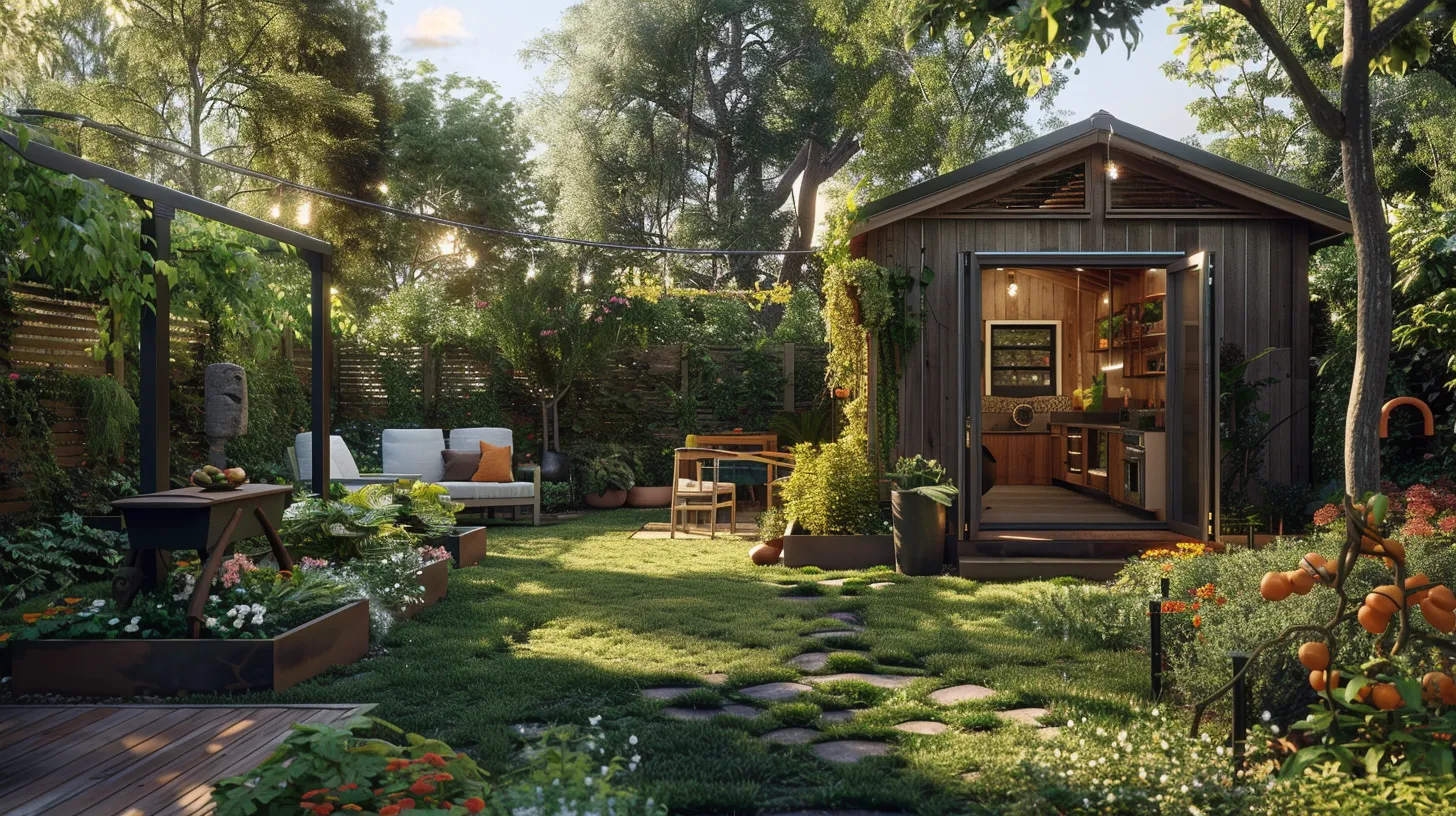
Accessory Dwelling Units (ADUs) provide enhanced housing options for families and seniors, promoting multigenerational living. These units foster community connections by allowing friends and family to live nearby while maintaining independence. Additionally, they address local housing shortages by creating affordable living spaces, benefiting both homeowners and the surrounding community. Understanding these social and community advantages helps you see the broader impact of adding an ADU to your property.
Enhanced Housing Options for Families and Seniors
Accessory Dwelling Units (ADUs) create enhanced housing options, especially for families and seniors. These units can provide independent living spaces for elderly family members, enabling multigenerational living while ensuring everyone has privacy. By incorporating an ADU, you can meet the needs of a growing family or accommodate aging parents, all while fostering a supportive living environment that strengthens family bonds.
Fostering Community Connections Through ADUs
Creating Accessory Dwelling Units (ADUs) can significantly enhance community connections by allowing family and friends to live close while maintaining their independence. This close proximity fosters relationships, support networks, and a sense of belonging, especially for aging family members or young adults. You can contribute to a vibrant community atmosphere by integrating an ADU on your property, ultimately strengthening ties among neighbors and enhancing overall neighborhood dynamics.
Addressing Local Housing Shortages
Accessory Dwelling Units (ADUs) play a vital role in addressing local housing shortages by providing additional, affordable living spaces within existing neighborhoods. By incorporating an ADU on your property, you help increase the overall housing supply, which can ease demand in your area. This not only supports families needing space for aging relatives or young adults but also contributes to community resilience by creating more diverse and supportive living environments.
Environmental Benefits of Accessory Dwelling Units
Accessory Dwelling Units (ADUs) promote efficient land use and resource management by maximizing your property’s potential without expanding the footprint. Smaller living spaces lead to a reduced carbon footprint while encouraging sustainable living practices among residents. Each of these aspects highlights the environmental advantages of ADUs, paving the way for more responsible and eco-friendly housing solutions.
Efficient Use of Land and Resources With ADUs
Accessory Dwelling Units (ADUs) represent an efficient use of land and resources, making them an eco-friendly housing option for homeowners. By maximizing the potential of your existing property, you can create additional living spaces without encroaching on natural surroundings. This not only minimizes urban sprawl but also contributes to sustainable community growth by providing more housing options within developed areas:
- ADUs optimize the use of existing property, reducing the need for new land development.
- They promote sustainable community expansion, helping to combat urban sprawl.
- Creating smaller living spaces encourages resource conservation and energy efficiency.
Reduced Carbon Footprint With Smaller Living Spaces
Creating Accessory Dwelling Units (ADUs) encourages a smaller carbon footprint by promoting efficient use of resources. When you opt for a compact living space, you naturally reduce energy consumption for heating, cooling, and daily living activities. This lower energy use contributes significantly to sustainability, making ADUs an eco-friendly choice that aligns with today’s focus on responsible living:
- Compact living spaces lower energy demand and consumption.
- Reduced utility costs contribute to overall affordability while supporting the environment.
- ADUs promote responsible land use and minimize urban sprawl.
Encouraging Sustainable Living Practices
Creating Accessory Dwelling Units (ADUs) can significantly encourage sustainable living practices by promoting efficient use of resources. By opting for smaller living spaces, you naturally minimize energy consumption and reduce utility costs, aligning with environmentally responsible goals. ADUs also provide opportunities for shared resources among residents, fostering a sense of community while encouraging sustainable behaviors in daily living.
| Benefit | Description |
|---|---|
| Efficient Resource Use | ADUs maximize the use of existing properties, reducing the need for new construction. |
| Lower Energy Consumption | Smaller living spaces result in reduced energy demand for heating and cooling. |
| Community Sharing | ADUs foster community connections, encouraging shared resources and sustainable practices. |
Design Flexibility and Customization of Accessory Dwelling Units
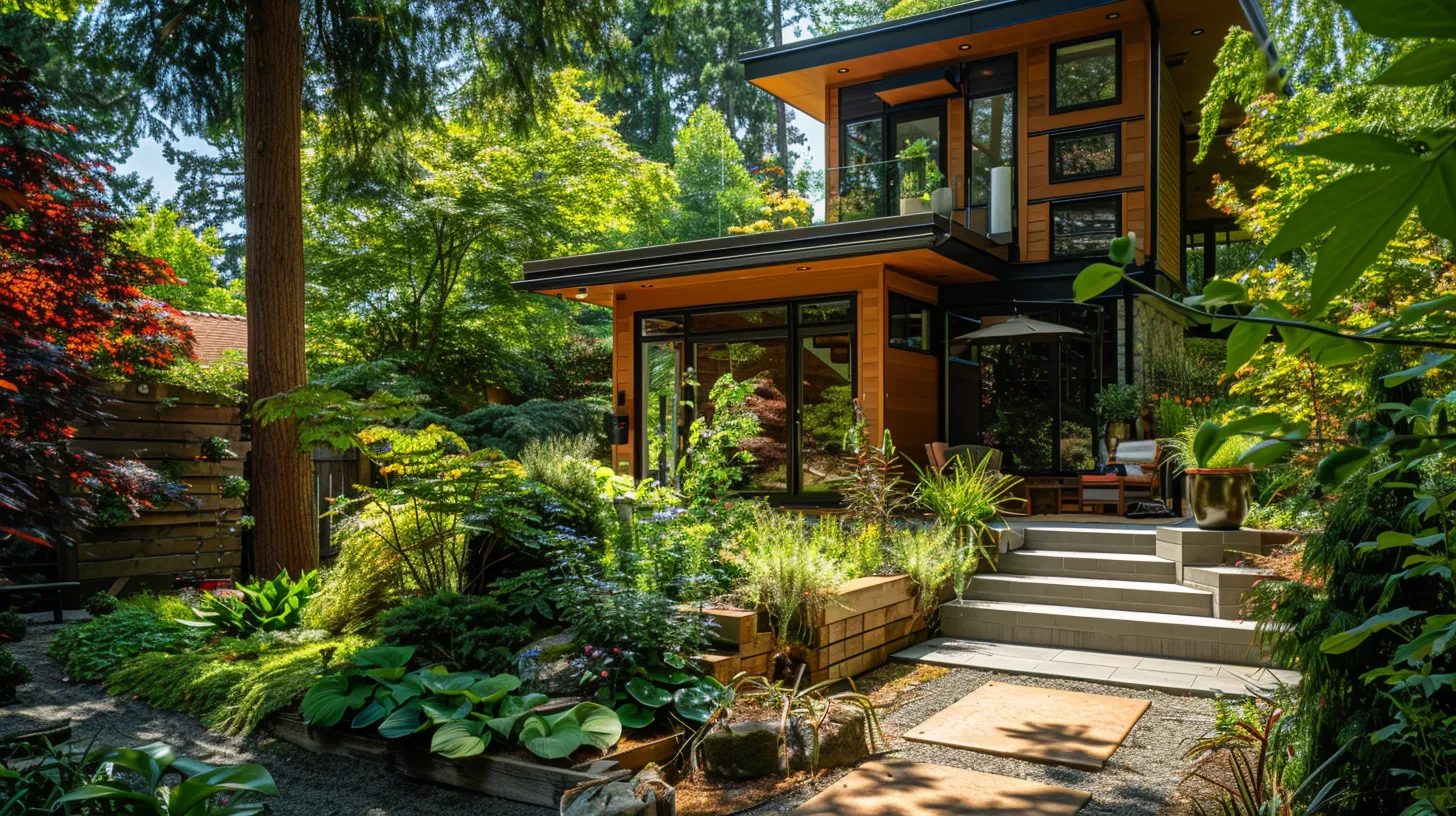
Tailoring Accessory Dwelling Units (ADUs) to meet your personal needs and aesthetics allows for unique living spaces that align with your lifestyle. You can effectively integrate your ADU with your main residence and surrounding areas, ensuring a harmonious look. Explore innovative design trends that enhance functionality while maintaining an inviting atmosphere, providing you with practical insights for your ADU project.
Tailoring ADUs to Personal Needs and Aesthetics
When you tailor Accessory Dwelling Units (ADUs) to your personal needs and aesthetics, you create a space that truly reflects your lifestyle. Think about your family’s requirements, such as how many rooms you need or the type of layout that suits you best. This customization not only enhances your comfort but also ensures that the ADU complements your main home visually, making it a seamless addition to your property.
Integration With Main Residences and Surrounding Areas
Integrating your Accessory Dwelling Unit (ADU) with your main residence and surrounding areas creates a cohesive environment that enhances both functionality and aesthetics. When designing your ADU, consider architectural styles, colors, and landscaping that resonate with your home’s existing features. This thoughtful integration not only improves the overall appeal of your property but also ensures that the ADU serves its purpose effectively while blending seamlessly into your neighborhood:
- Choose architectural features that mirror your main home.
- Employ landscaping techniques to create a natural transition between spaces.
- Incorporate outdoor areas that enhance the usability of the ADU.
Innovative Design Trends for Accessory Dwelling Units
Innovative design trends for Accessory Dwelling Units (ADUs) focus on maximizing space and enhancing functionality while maintaining an inviting atmosphere. Creative layouts such as open-concept designs and multipurpose furniture can significantly optimize the usability of smaller living areas, making them ideal for various needs, whether for family members or rental opportunities. By incorporating eco-friendly materials and smart home technology, you can create a modern, sustainable living space that not only aligns with contemporary lifestyles but also potentially increases your property’s appeal to future buyers.
Common Misconceptions About Accessory Dwelling Units
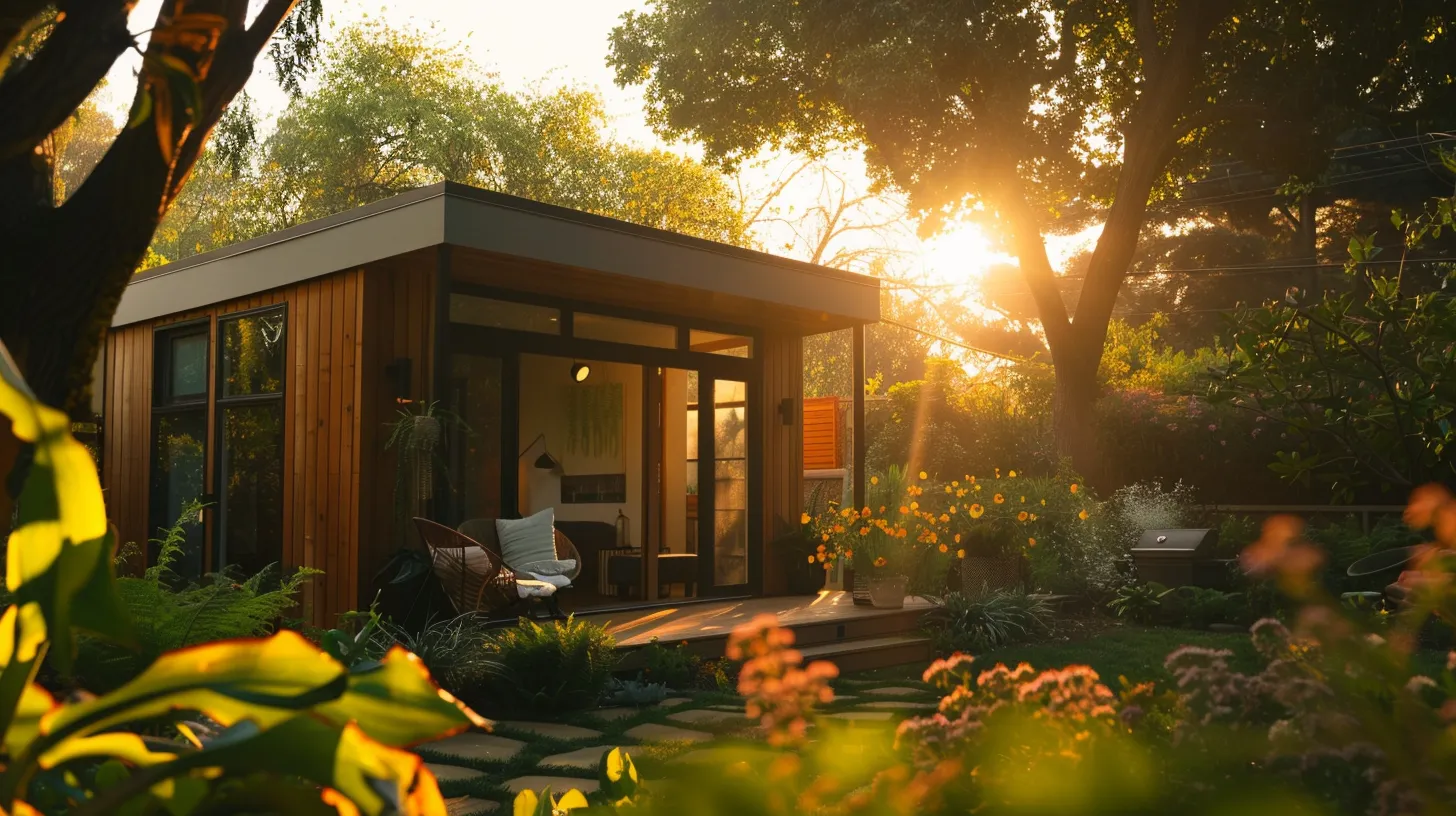
Many homeowners hold misconceptions about Accessory Dwelling Units (ADUs) that can hinder their potential benefits. Common myths center around the worry that adding an ADU will lead to property value depreciation, concerns about privacy and space, and misunderstandings related to zoning and regulations. Addressing these misconceptions is essential to unlock the true advantages of ADUs for your home and community.
Myths Regarding Property Value Depreciation
One common myth is that adding an Accessory Dwelling Unit (ADU) will decrease your property value. In reality, well-designed ADUs can enhance your home’s marketability by offering flexible living options that many buyers find appealing. When you incorporate an ADU, especially if it aligns with local housing demands, you may see an increase in your property’s value rather than a decrease, proving that these secondary units are not just beneficial for your family but also for future resale potential.
Concerns About Privacy and Space
Concerns about privacy and space often arise when considering an Accessory Dwelling Unit (ADU) on your property. Many homeowners fear that having an additional unit will encroach upon their personal space or create conflicts with tenants. However, well-designed ADUs can maintain privacy by incorporating strategic landscaping, separate entrances, and thoughtful layouts that promote peaceful coexistence. By planning effectively, you can create a harmonious environment that allows for both independence and connection:
- Individual entrances to enhance privacy.
- Landscaping features that provide separation.
- Design elements that respect spatial boundaries.
Misunderstandings Related to Zoning and Regulations
Many homeowners face misunderstandings regarding zoning and regulations when considering an Accessory Dwelling Unit (ADU). These rules can differ greatly between locations, leading to concerns about whether an ADU can be built on your property. By consulting with local authorities or a knowledgeable contractor, you can clarify these regulations and ensure compliance, unlocking the true potential of adding an ADU to your home.
Wrapping It Up
Accessory Dwelling Units (ADUs) serve as valuable assets, enhancing property value while offering flexible living options for families and renters. They address housing shortages, support multigenerational living, and contribute to community resilience. Homeowners can generate rental income, ensuring financial benefits while maintaining an eco-friendly approach to land use. By understanding and leveraging the advantages of ADUs, you can unlock a wealth of opportunities that bolster both personal and community well-being. Give us a call to discuss your ADU project.
Social Posts
X
Unlock your property’s potential with an Accessory Dwelling Unit (ADU)! ADUs offer financial benefits, flexible living arrangements, and eco-friendly solutions. Explore how adding an ADU can enhance your home’s value and meet your family’s needs.https://t.co/KMimLzNcUx pic.twitter.com/jzgI3n5lVj
— Baum Construction & Development (@BaumConstruct) February 20, 2025
